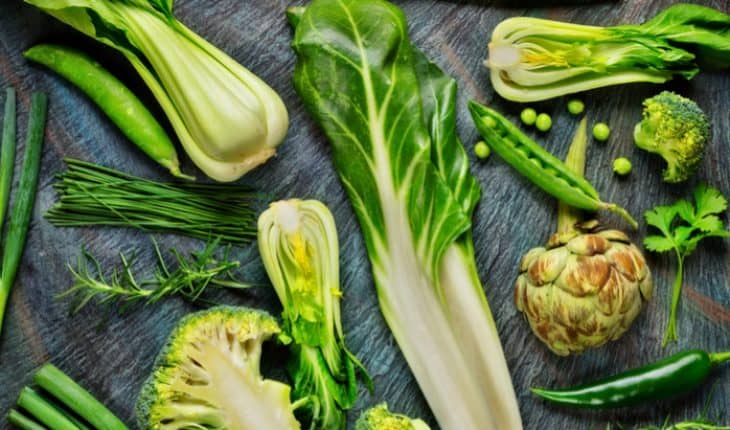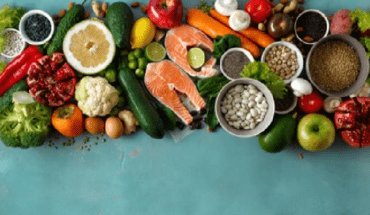Food pattern calculator estimate how to gain up to ten life-years: What we eat is essential for health and prevention of disease, and unhealthy eating is associated with 11 million deaths and 255 million life-years annually. A study published in PLOS Medicine the 8th of February from researchers at University of Bergen shows that life expectancy can increase by up to ten years through diet modifications.
The researchers have developed a calculator where you could estimate how many life years you could gain by modifications in diet patterns. Professor Lars T. Fadnes from University of Bergen explains:
“For example an average 40-year old woman from the United States or Europe who has eaten a typical Western diet, could gain around ten years if optimizing diet from that age. Even a quite feasible diet modification is estimated to translate into gains of around six life years”
Fadnes is the leader of the Food4HealthyLife project and the published study. He adds:
“Research until now have shown health benefits associated with separate food group or specific diet patterns but given limited information on the health impact of other diet changes. Our modeling methodology has bridged this gap”
More nuts and legumes, less red meat and refined grainsThe study shows that some food groups are more strongly associated with life expectancy than others – positively or negatively. Fadnes says:
“The largest health gains are estimated from eating more legumes, whole grains and nuts, and less red and processed meat. Further gains are also associated with increasing the intake of fruits and vegetables, and fish, while reducing the intake of sugar-sweetened drinks, eggs, and refined grains”.
If the diet changes are initiated in later ages, the gains are smaller but still substantial – even among people in their seventies. Even quite feasible diet changes are associated with increased life expectancy by 7% or more for both sexes across age groups.
“The Food4HealthyLife calculator enables instant estimation of the effect on life expectancy of a range of dietary changes, and could be a useful tool in for both clinicians, policy makers, and the general population.”
Here’s a link to the calculator: Food4HealthyLife calculator
- Shake-up of services needed to ease fibromyalgia pain - 9th December 2025
- Continuous glucose monitoring reduces risk of excessive birth weight - 9th December 2025
- Significant mental health benefits of adult-worn slings - 9th December 2025







